Share
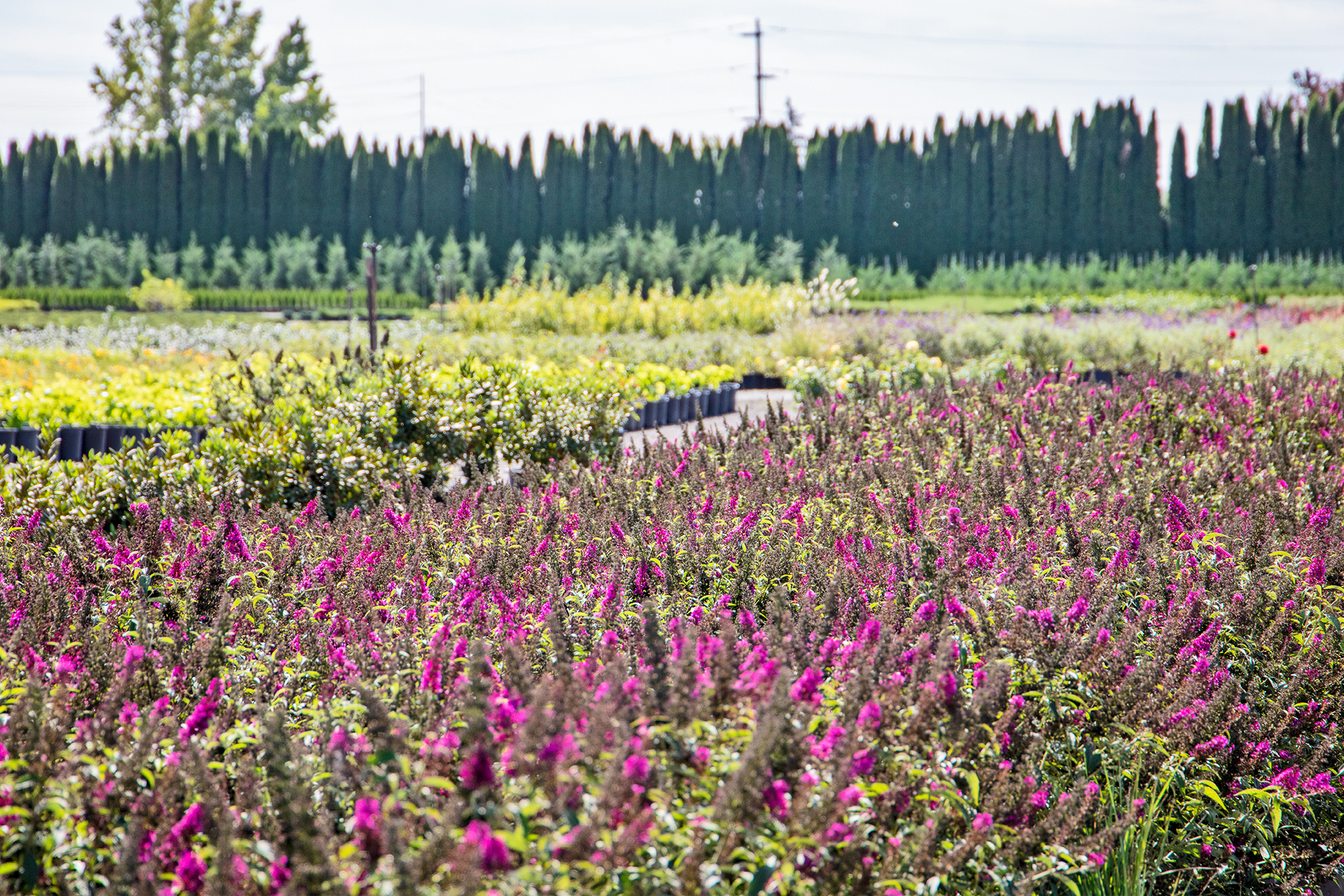
What’s in a Zone?
Have you ever flipped over a seed packet and saw a colorful map on the back showing you when to plant things for the area where you live? Maybe you’ve heard of a plant that’s good for “Zone 5” and wondered what that meant? Both of these are referring to plant hardiness zones, also called growing zones or gardening zones. These zones are sections of the United States separated based on temperature, so while they can be very helpful when it comes to deciding what will do best in your garden, they can also be a little confusing when you’re not used to the concept or don’t know what it does and does not cover.
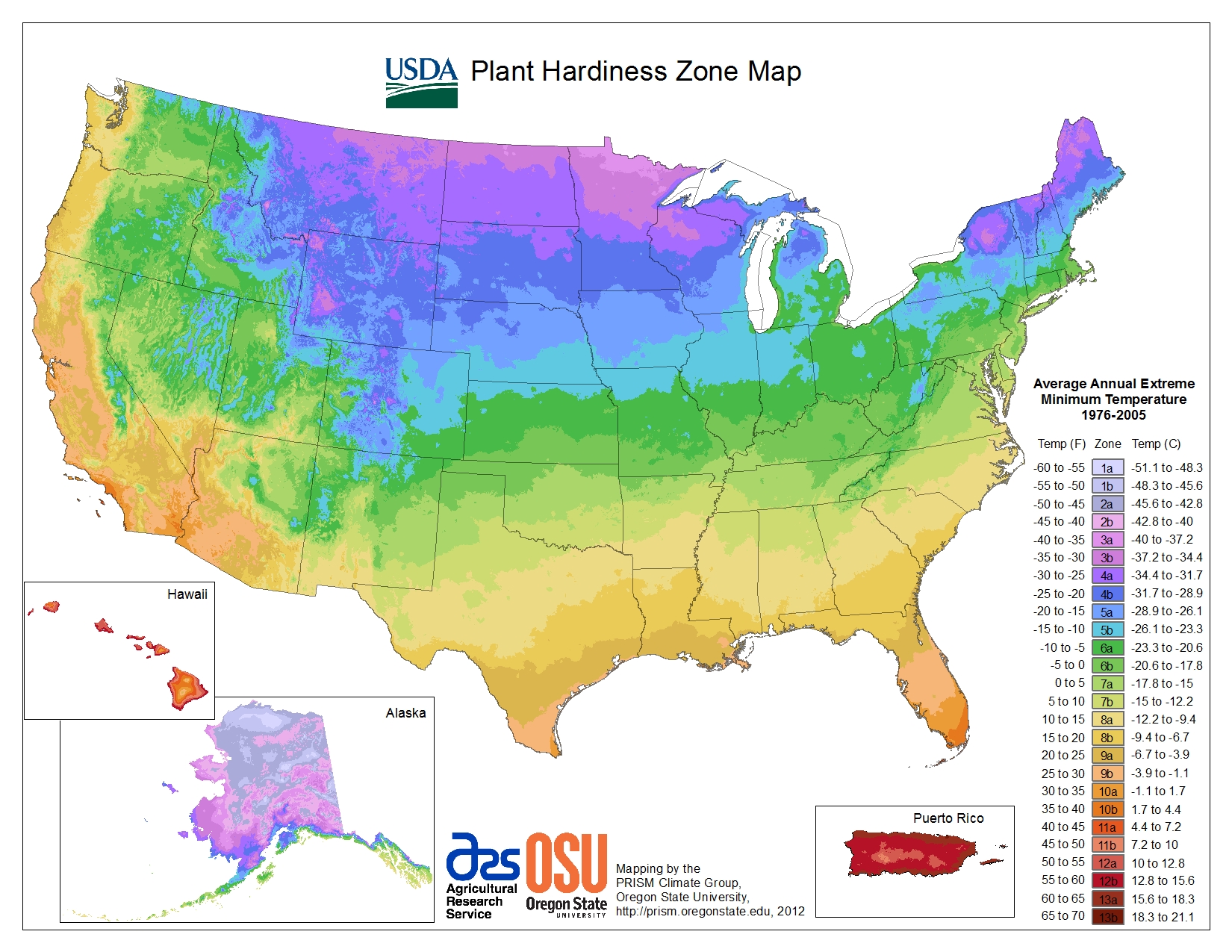
Plant hardiness zones are set by the US Department of Agriculture and are determined by the average annual minimum winter temperatures, basically the coldest it gets in winter for any given area on average, and separated out by 5 degree F spans. Each zone is numbered 1 through 13 and then further broken down by a and b so Zone 1a is the start with the coldest temperature in that region reaching -60 degrees F, then the scale goes all the way up to 13b at a balmy 65 degrees F during the coldest of winter. The extremes on this scale belong to Alaska and Puerto Rico respectively, but Nevada is a big state with a lot of drastic elevation changes. Where do we fall on the scale?
Nevada’s zones range from 4b in sections of Eastern Nevada’s mountains all the way up to 10a on the southern tip of the state, meaning we span 13 different planting zones. That’s half of all the total zones! Even here in the Reno/Sparks area, zones range from 6a to 7b with small pockets reaching 5b in the mountains and 8a around Pyramid Lake. With this much wiggle room, which doesn’t account for any unexpectedly long winters or record-breaking temperatures, having plants that are as hardy as possible is essential for successful growing in our area.
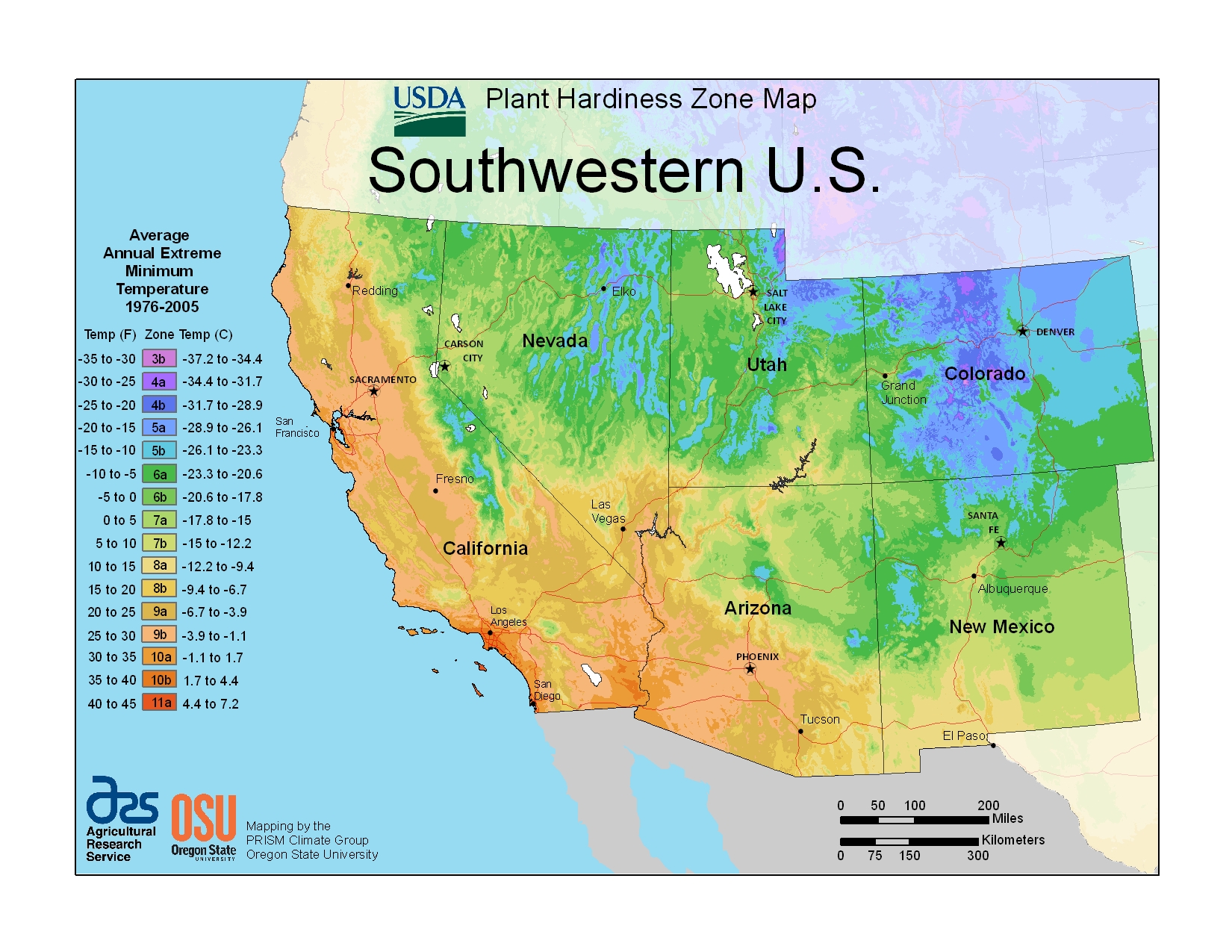
Unfortunately, gardening zones only take into account the coldest winter temperatures, meaning a state of extremes like Nevada is still going to have a hard time telling what will work best. Technically, pansies are rated for Zone 6, meaning as long as we have an average winter they should be perennials here, for the most part. The challenge is pansies are not heat hardy, so they’re annuals in our area due to the summer heat cutting their lifespan short. On the contrary, petunias are very heat tolerant and do great here all summer, but they’re rated for Zone 9, meaning once our winter chill sets in the curtains close on this local favorite. There’s also the issue of tender perennials, which are plants that should be perennials here if everything goes according to the averages, but one temperature swing is all it would take to knock them out. Spanish Lavender is an example of a tender perennials for our region, which does just fine if winter temperatures stay where they’re supposed to be based on our zone, but if it gets colder than average then they call it quits.
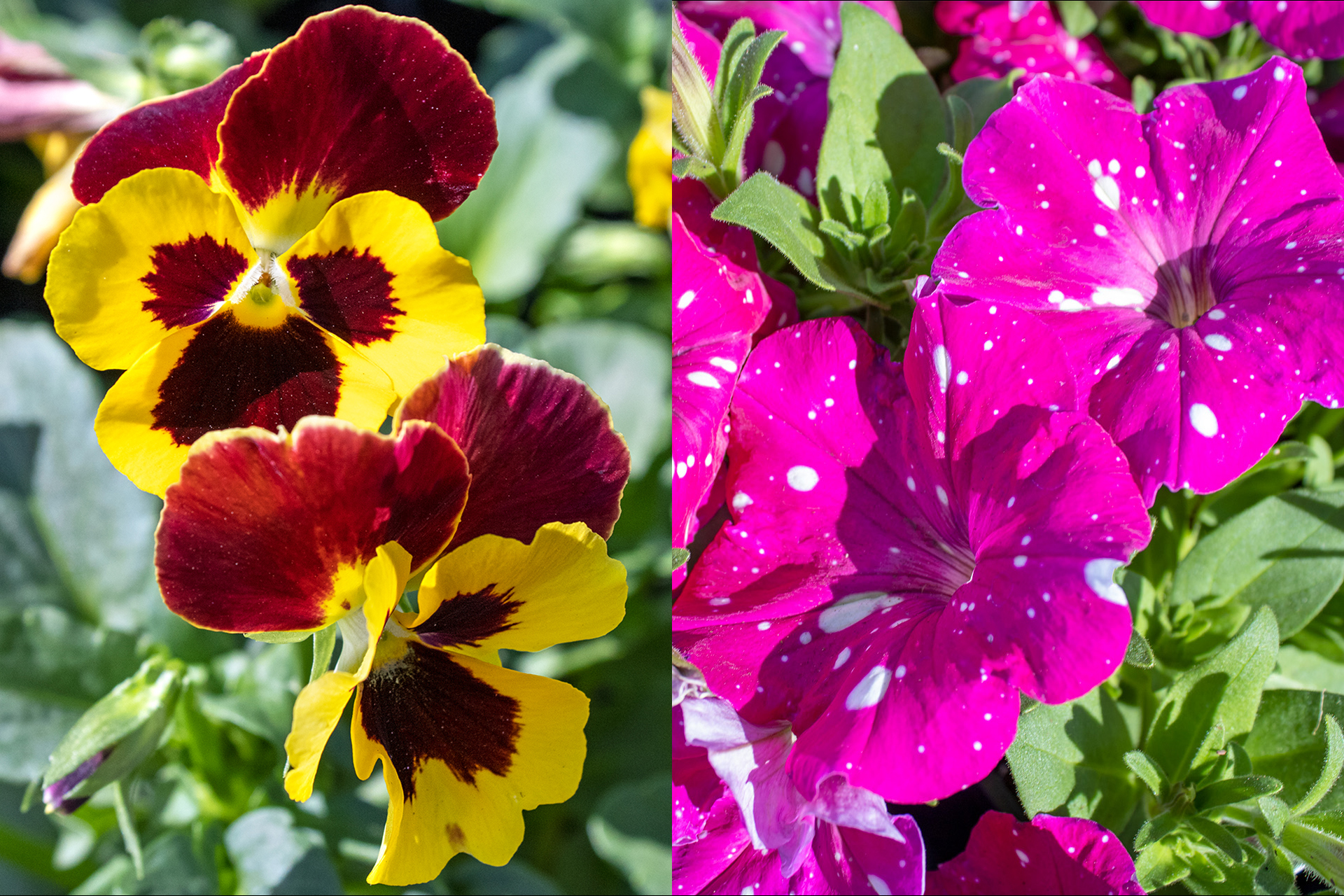
Pansies & Petunias
With all this nuance, even understanding what gardening zones mean doesn’t necessarily clear things up. Use the planting zones as a guideline to help you decide what may work in your garden, but don’t consider it a hard and fast set of rules. If there’s something you want to try that may not survive the heat, give it a shot anyway. It could be that the exact microclimate at your home or in the particular spot you put that plant works out perfectly and it survives the summer. On the other hand though, be careful banking on zones to tell you what is guaranteed to survive. Some plants that would do fine here normally didn’t survive the winter we’ve had, and there are other plants that should’ve been killed over winter that made it through thanks to the insulating snowpacks. Nothing is a given when growing in the desert, but you can set yourself up for success by understanding zones and picking plants grown for the zone you’re in.
Better yet? Get plants grown right here in the zone! Locally grown plants aren’t just rated for our local climate, they’ve already experienced it. For plants with shorter lifespans like veggies and annuals, it’s important to have them grown in the zone they’ll be in long term because you simply don’t have the time to wait for them to acclimate. You want those flowers as soon as you can have them because you know they won’t last forever, and veggies are no good if they take too long to adjust and are killed before you can have your harvest. For more sensitive plants, being grown in the zone they will live their life in also reduces the transplant shock they’ll experience. Going for plants that are grown locally reduces the risks associated with both of these common plant killers and gives you stronger plants right from the get-go. That means less time nursing a plant to full health and more time enjoying all it has to offer.
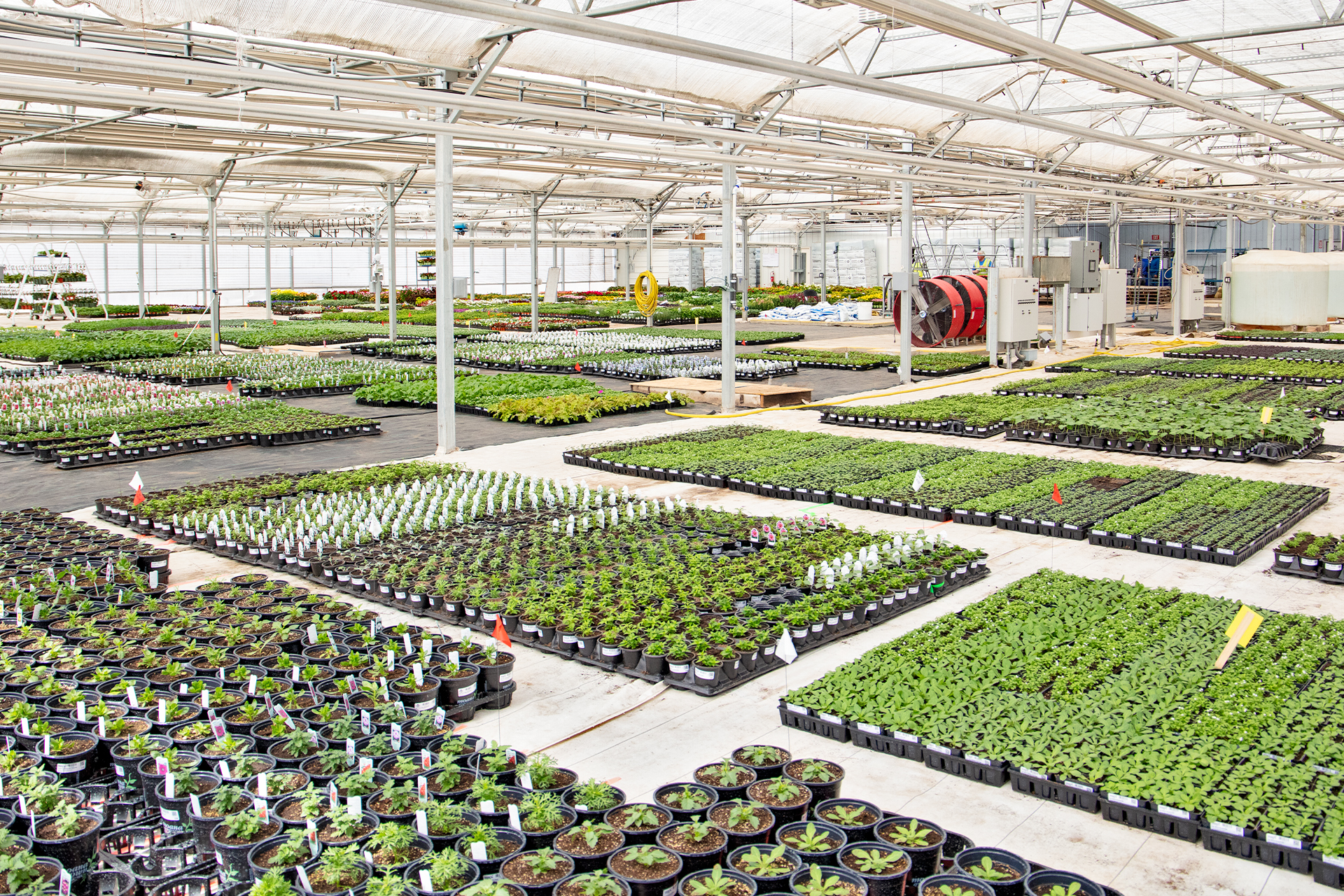
Our Northern Nevada growing operation
If the zones are still confusing to you, that’s ok! Leave it to your local plant experts: us! We’ll worry about growing for our zone so you don’t have to, you just have to pick what you’re most excited to see in your garden. Rest assured, every plant we carry is rated for our area for at least part of the year, and those meant to last year after year like our perennials, shrubs, and trees all come with a warranty in case anything goes awry. If you have any questions about what’s best for your garden specifically, don’t hesitate to reach out to any of our Plant Doctors by stopping by in-store or contacting them online. Now that you have a better idea of what zones mean and why they’re important, let’s get gardening with plants grown for and grown in our zone!
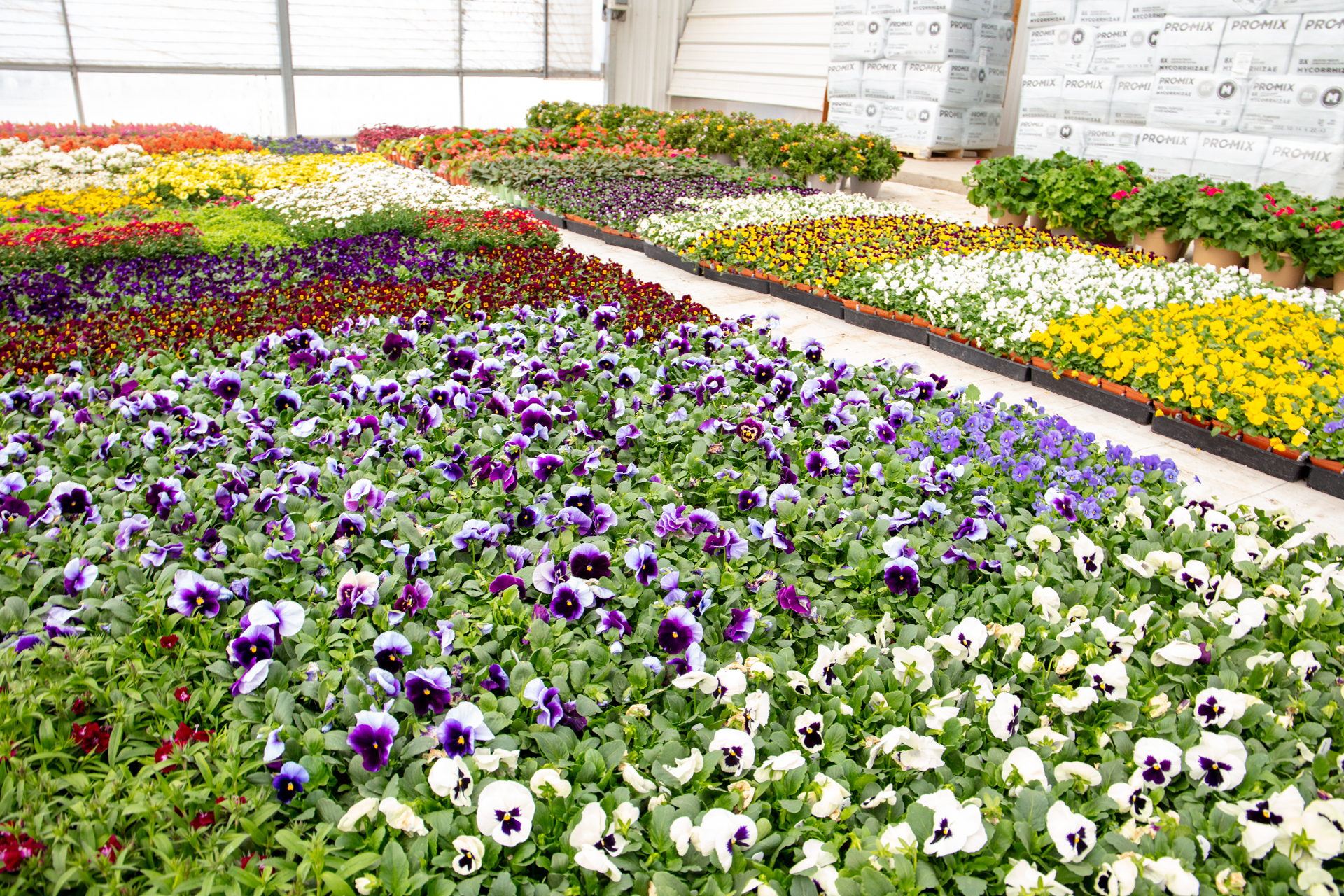
If you have any questions, stop by any one of our three Moana Nursery garden centers or contact us online.
Share
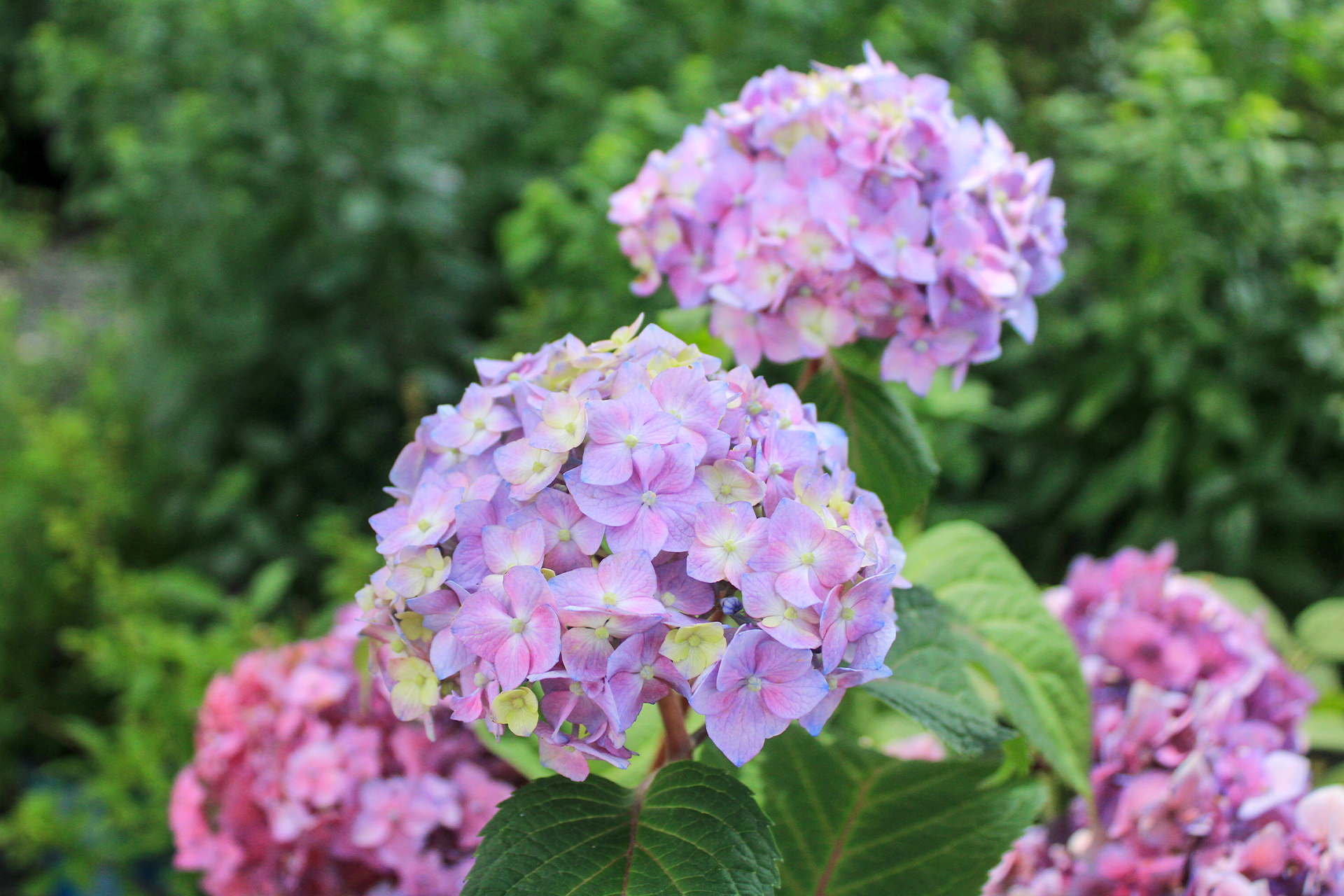
By understanding the specific needs of each hydrangea variety, you can ensure they thrive and continue to enchant with their seasonal displays year after year.
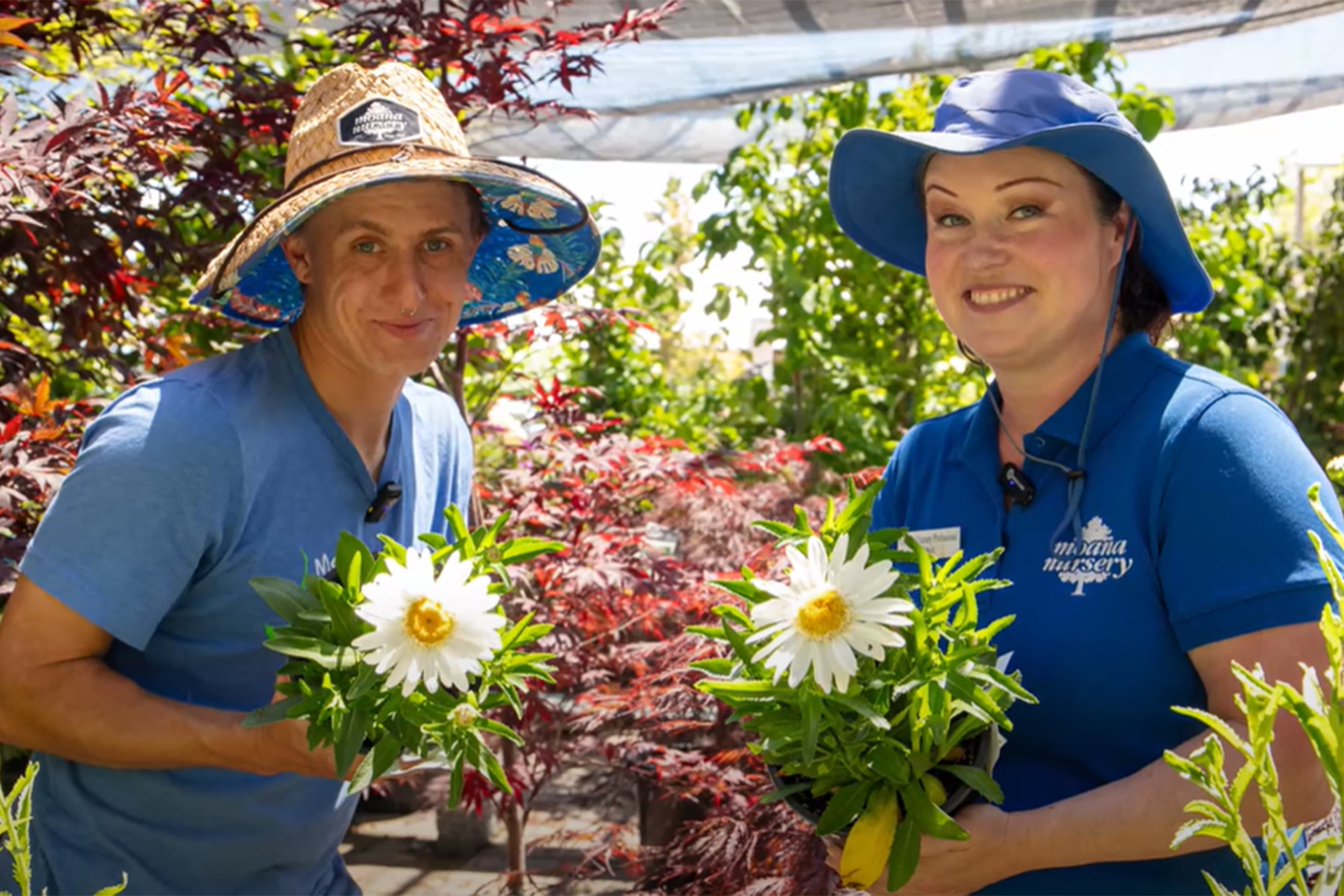
Shasta daisies are a testament to the beauty and resilience that can flourish in the high desert, enhance your garden with their elegance.
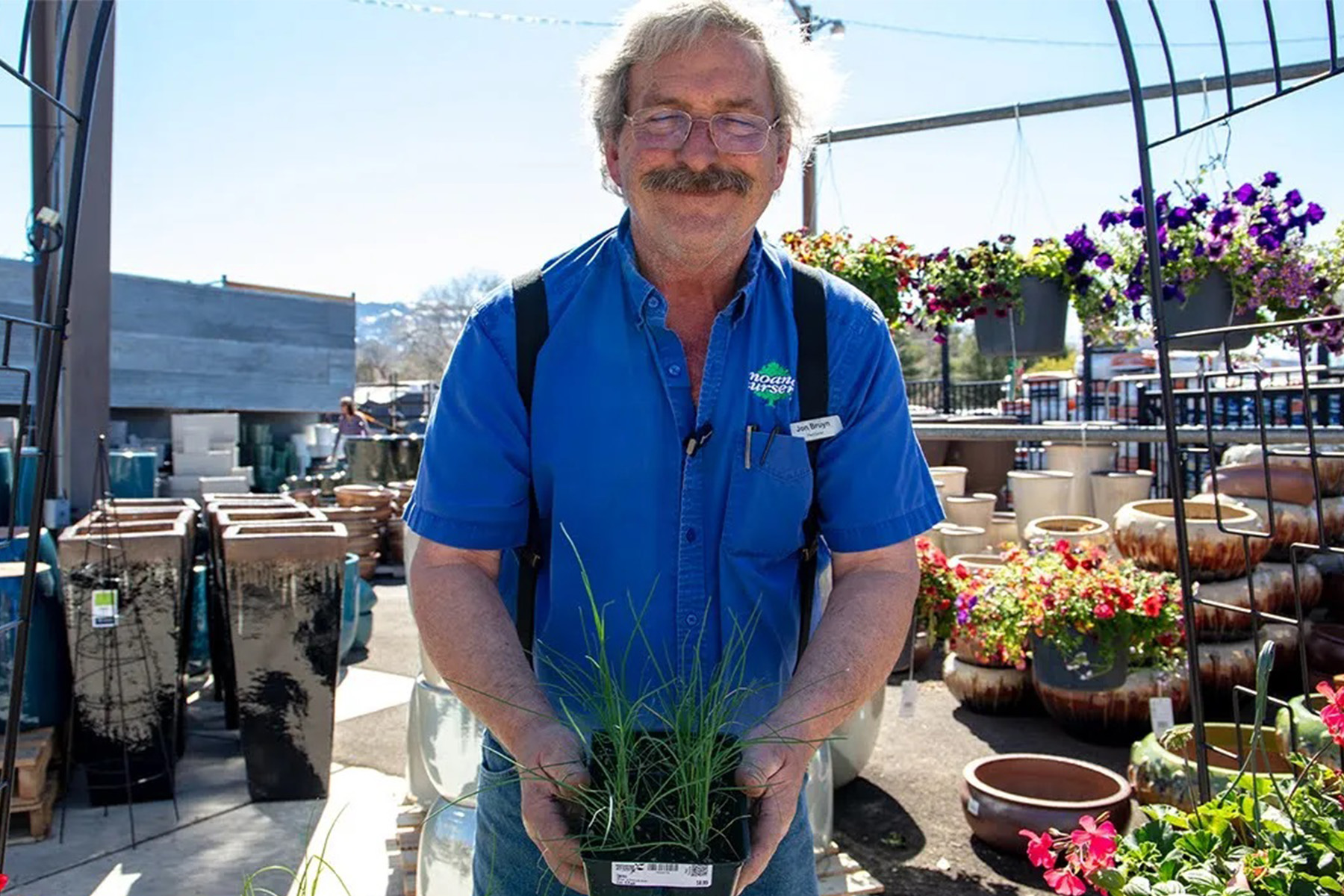
In a world filled with artificial flavors and processed foods, cultivating your own herb garden offers a return to authenticity.
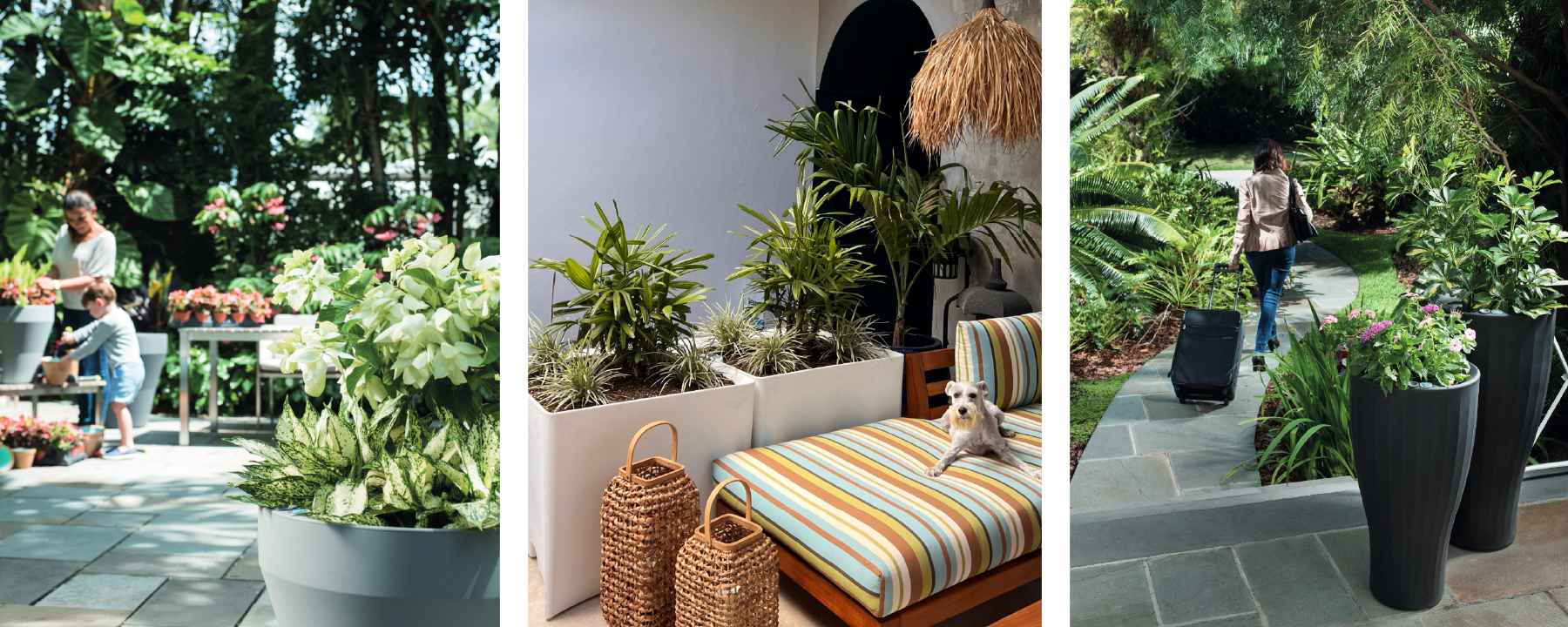
Let's delve into the world of self-watering pots and explore how they're changing the landscape of gardening.
